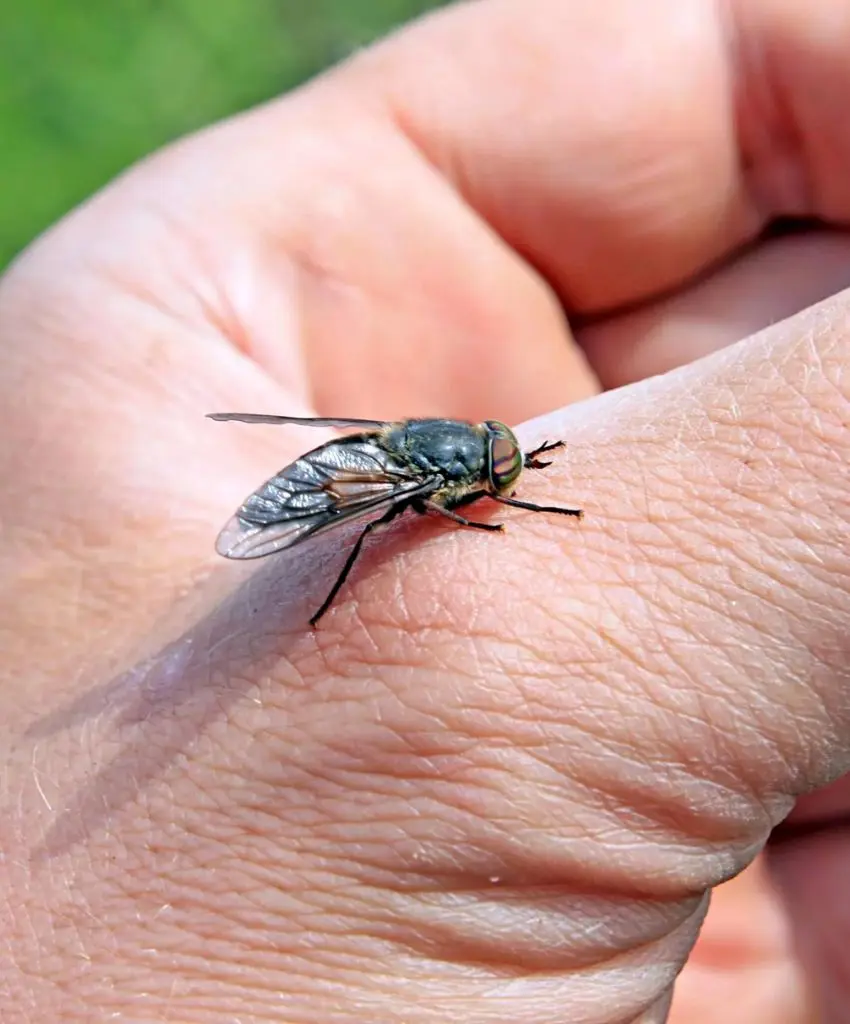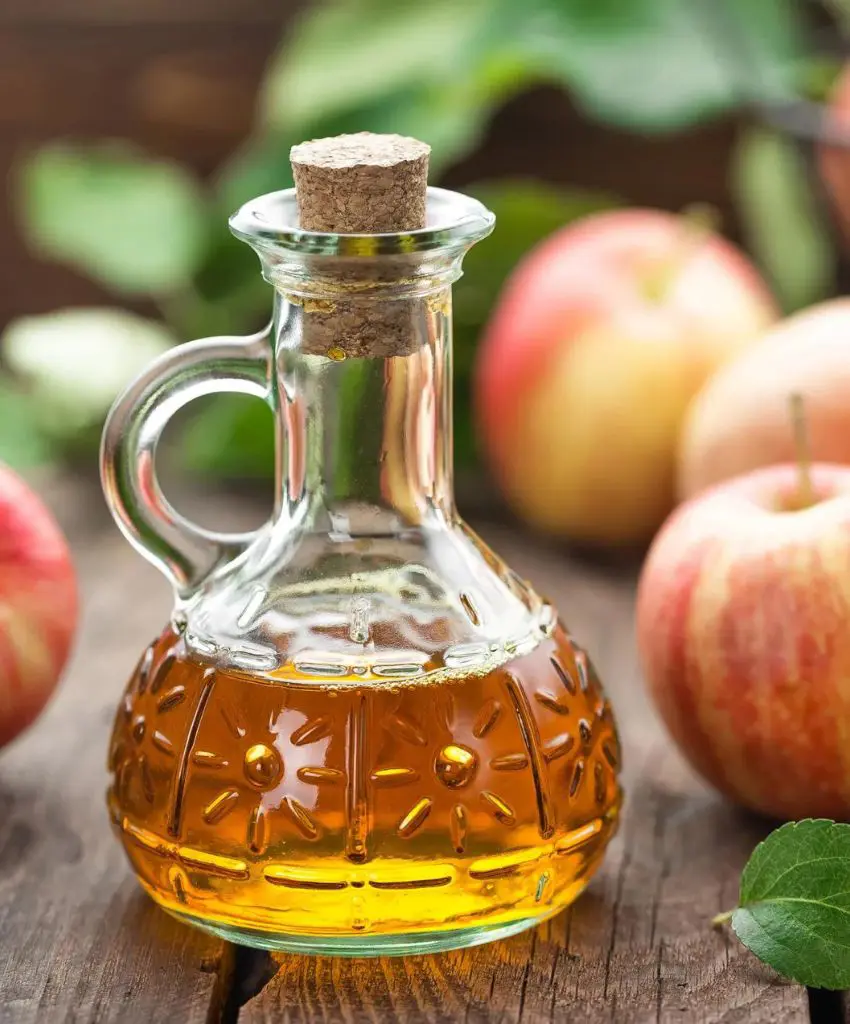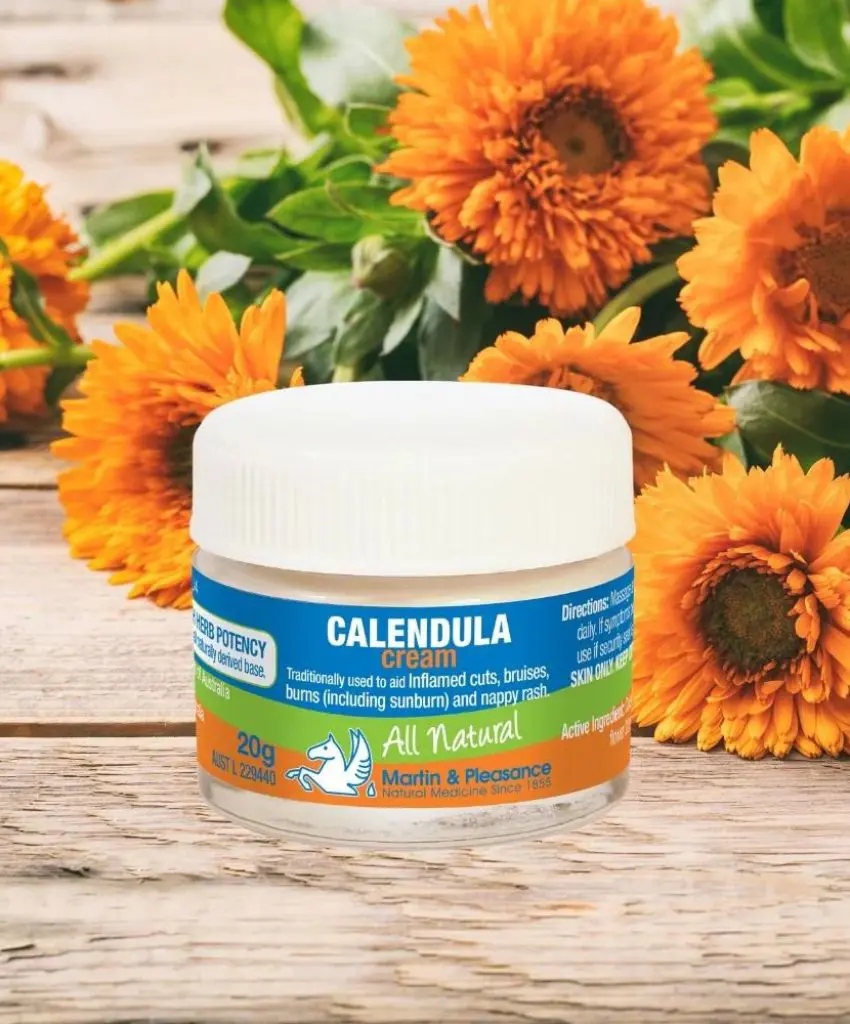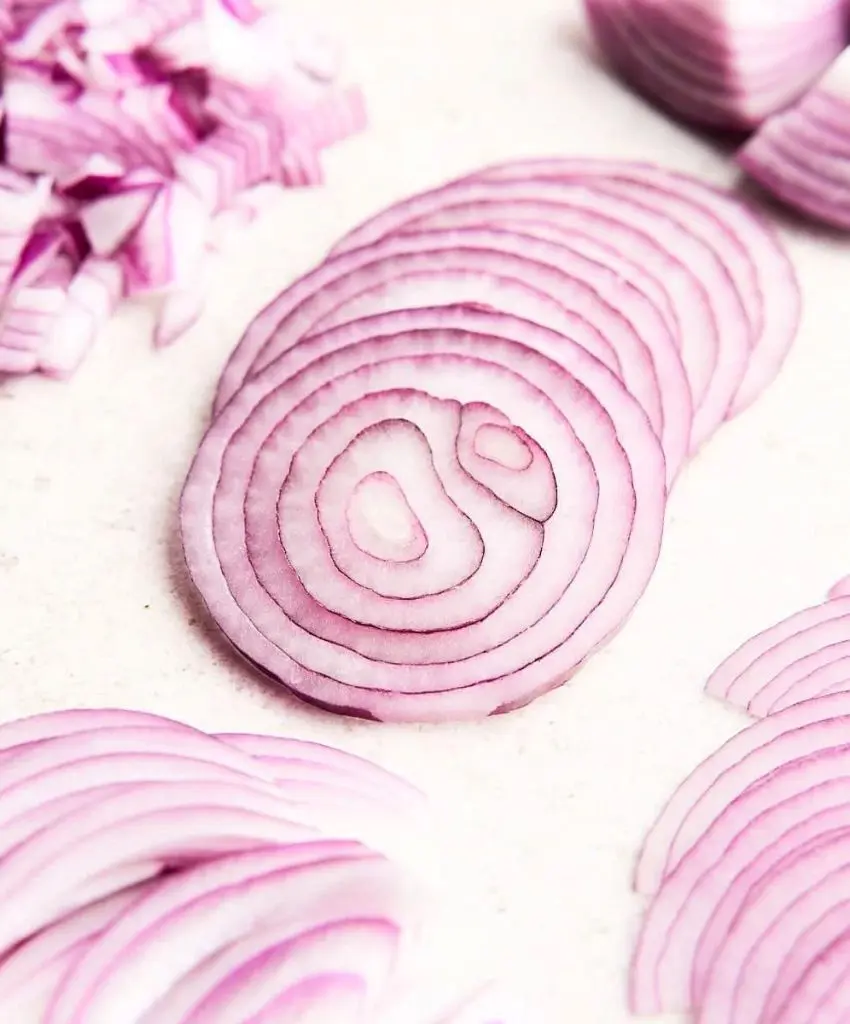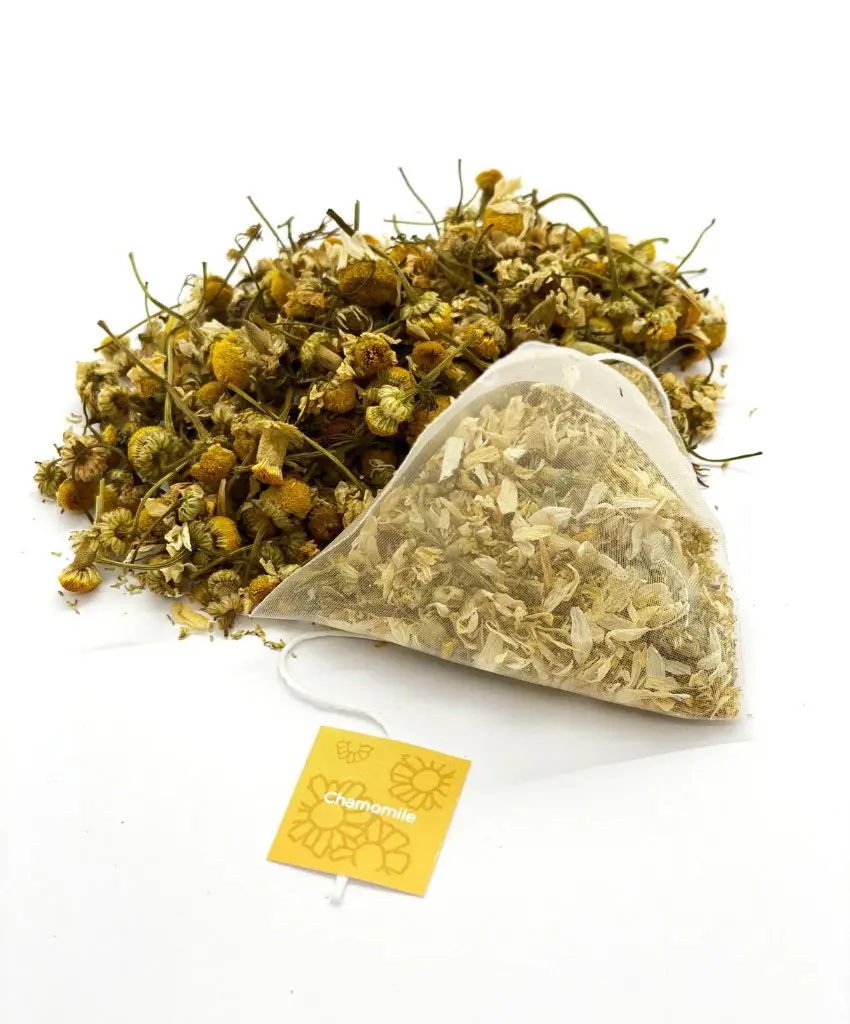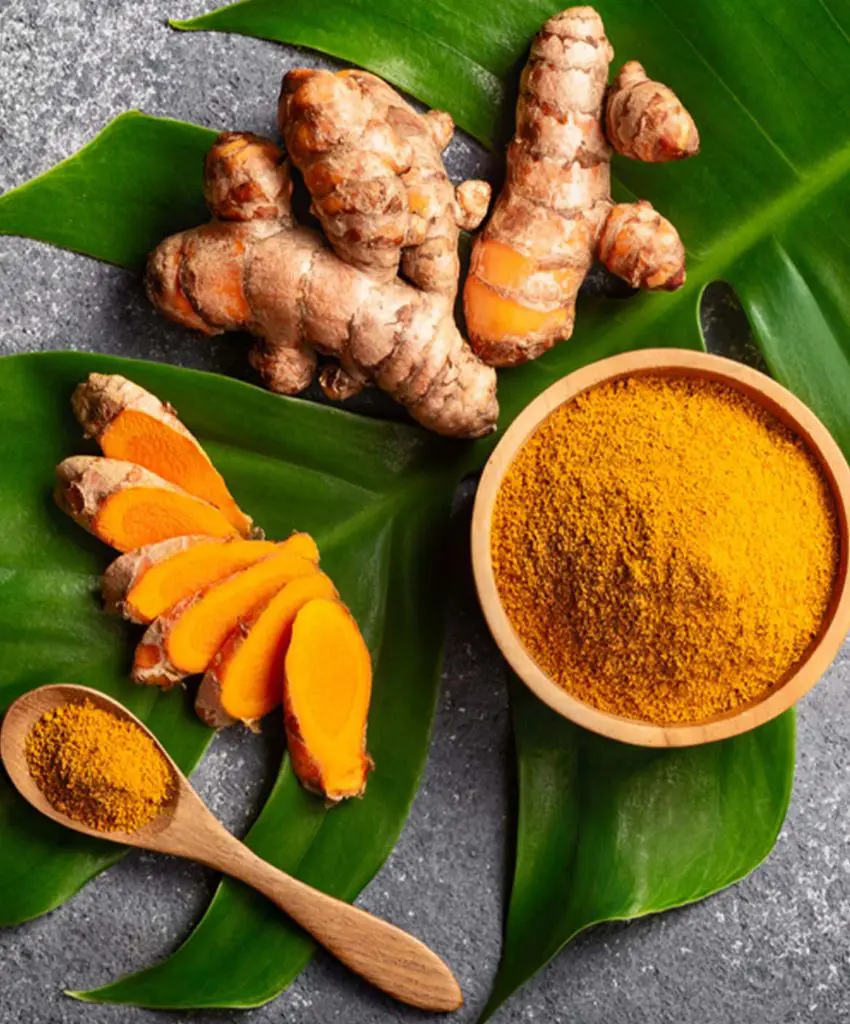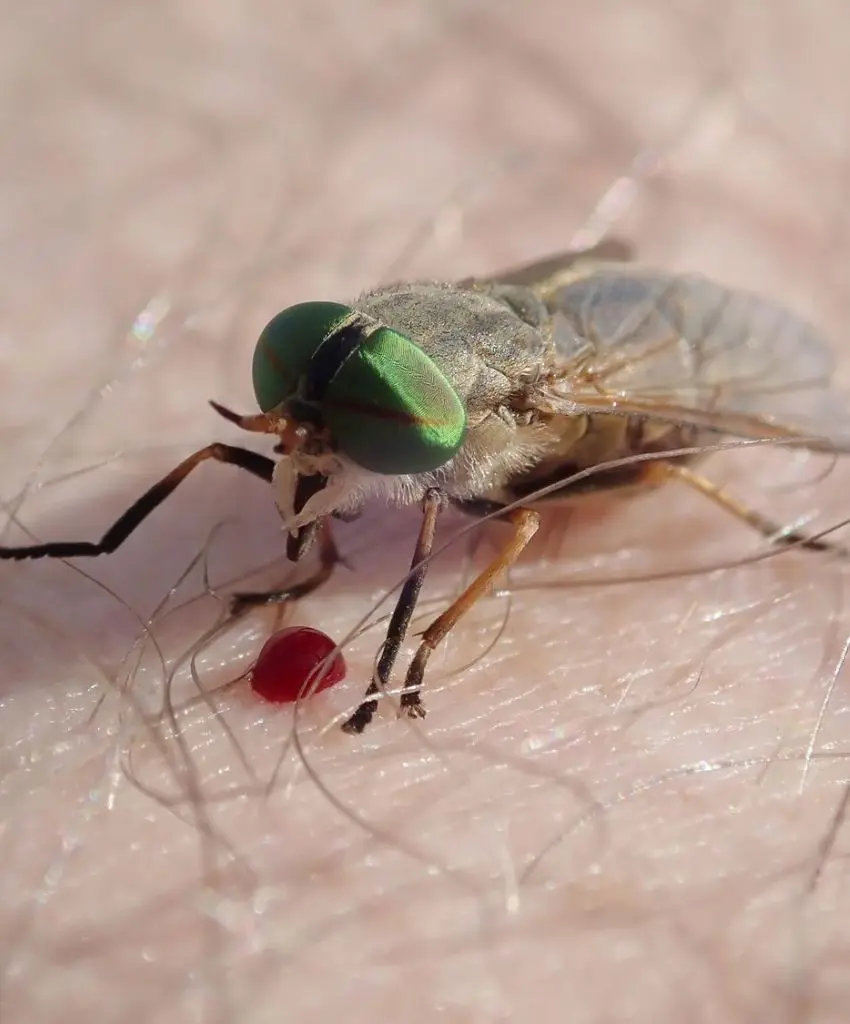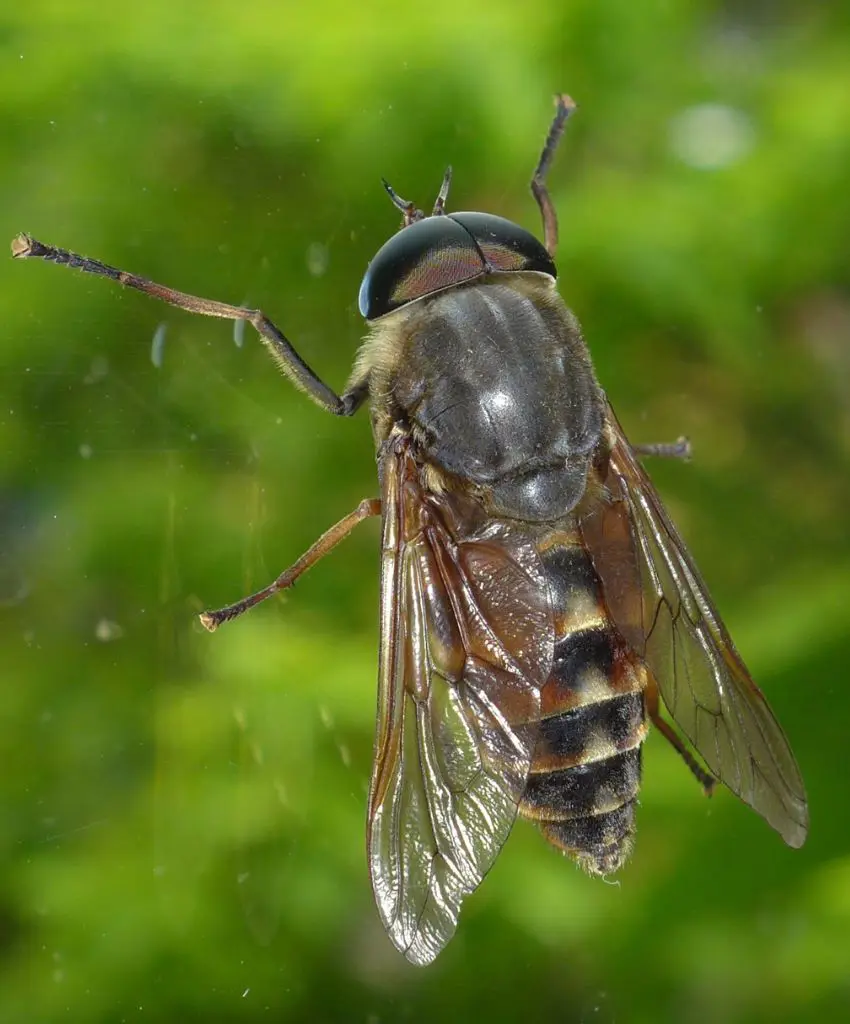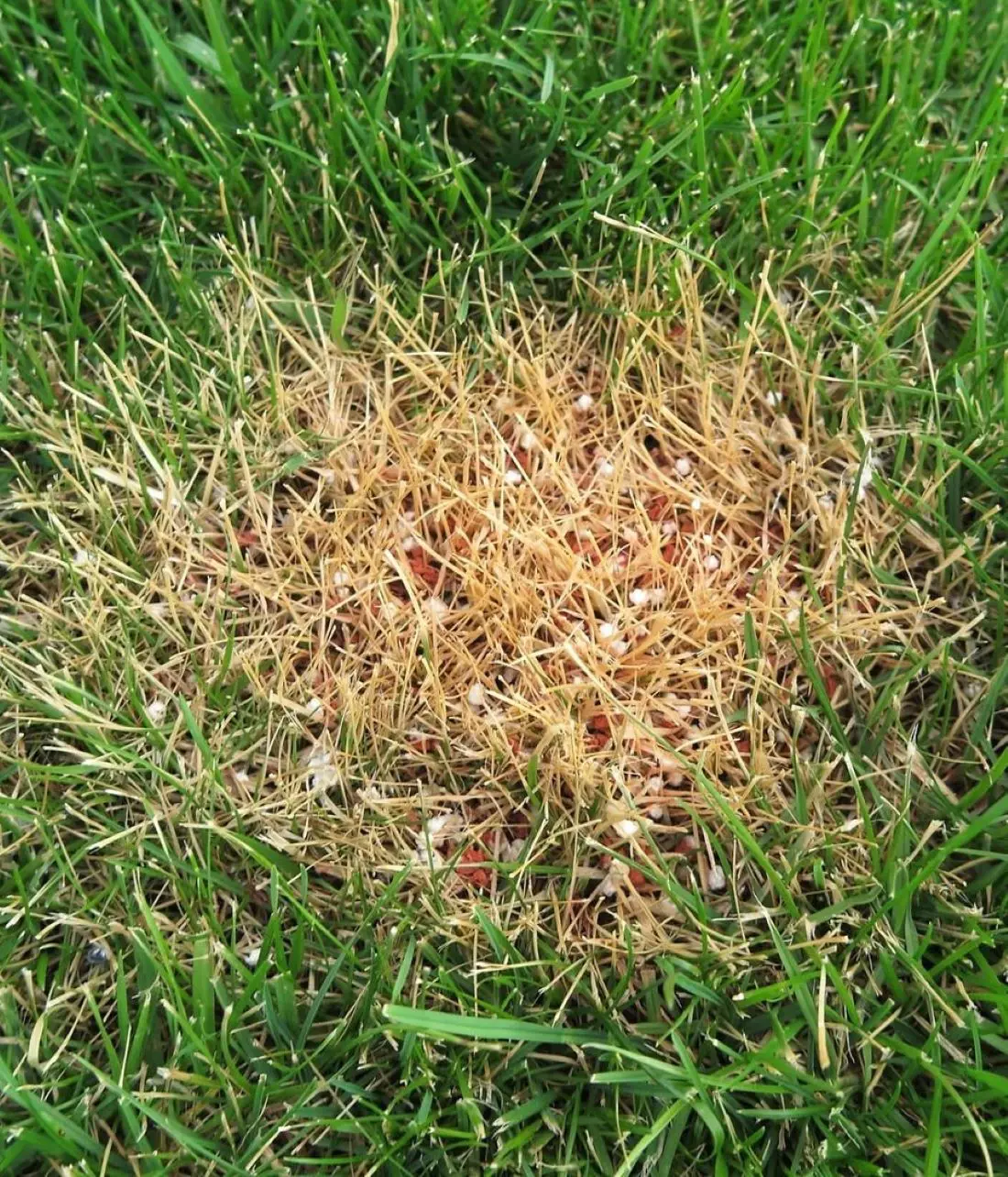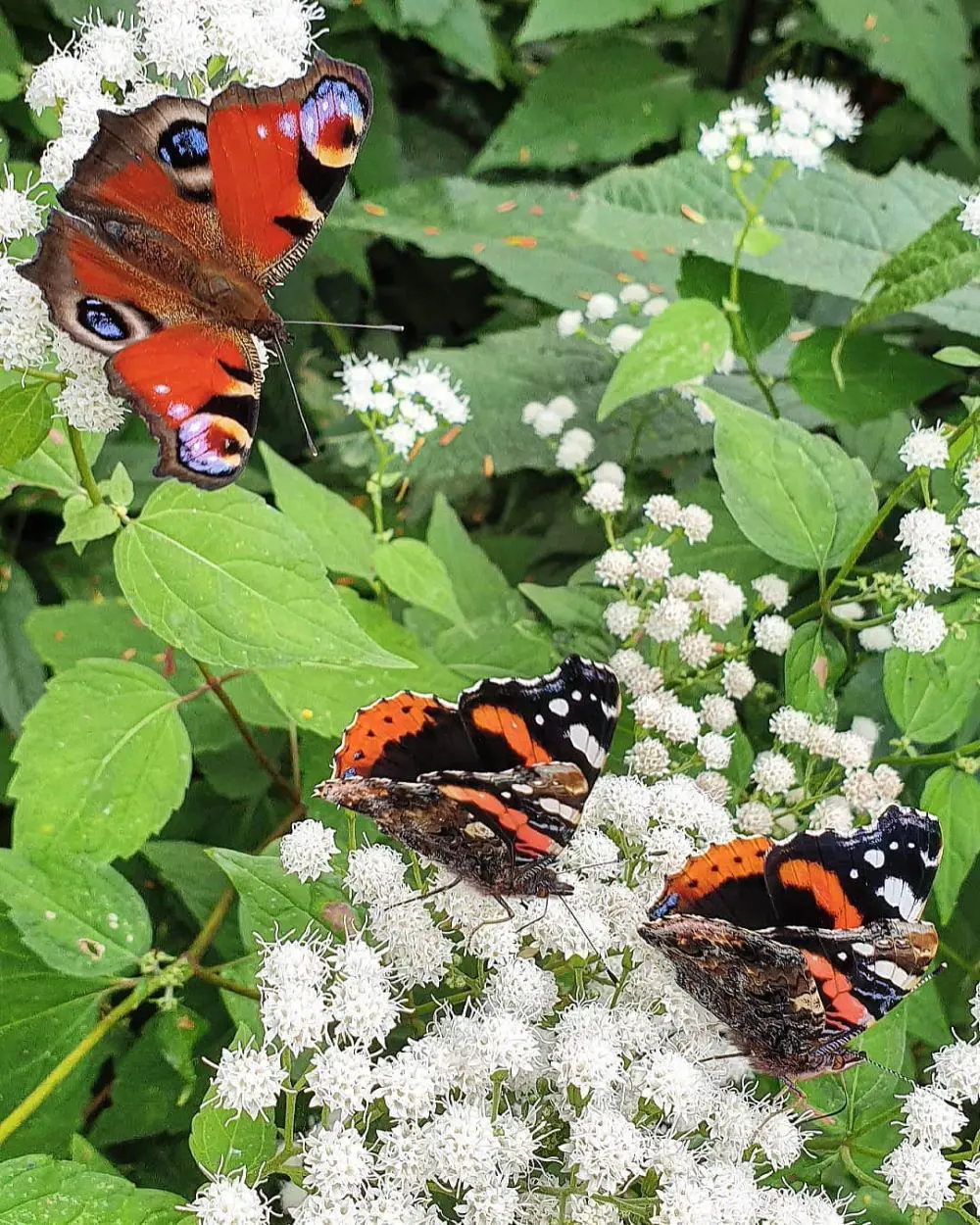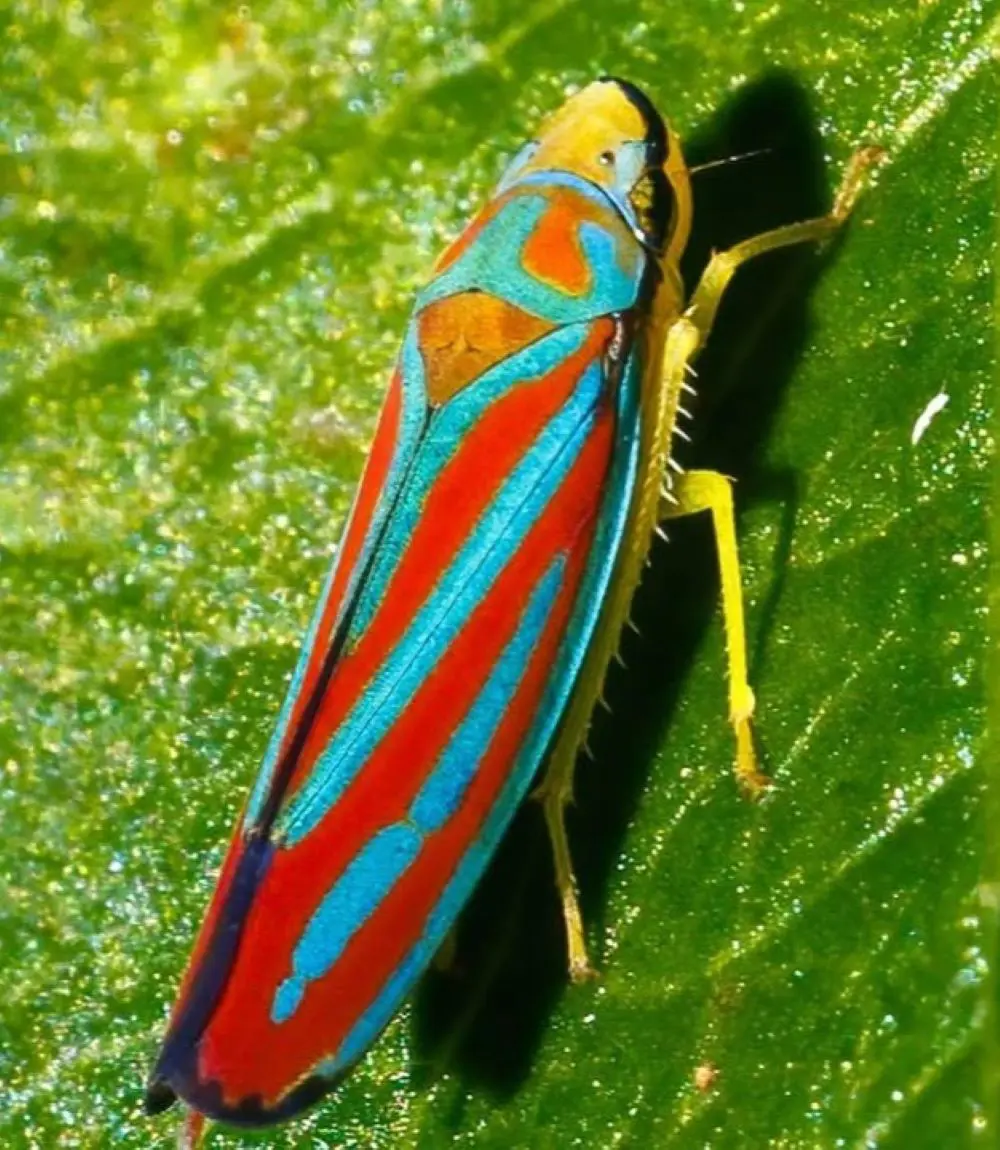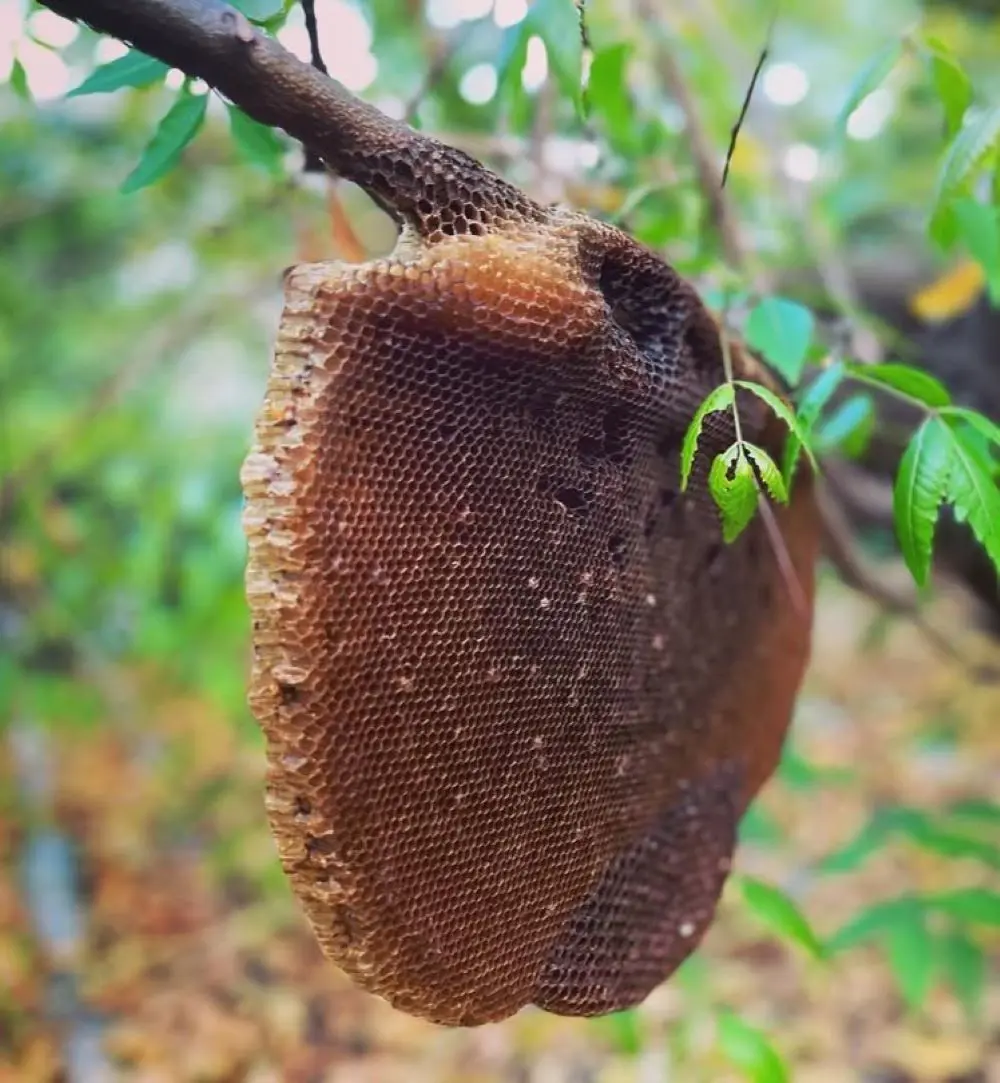If you are wondering what do horsefly bites look like, consider looking for the the following factors:
Appearance of the Bite
It is normally characterized as a red, raised lesion on the skin and is normally larger and more inflamed than a usual insect bite. The position of the bite might be a little swollen and lighter than the skin tone or could be slightly sunken and surrounded by a red ring.
This redness can extend to give rise to an irregular patch. One may notice the bite right away because of the size and the swelling that is likely to occur.
Swelling and Inflammation
Some of the symptoms of horsefly insect bites are swelling and inflammation that is massive in proportions. This is due to the body’s reaction to the saliva of the horsefly, it may be localized or generalized enlargement.
This part becomes swollen, and red and feels sensitive to touch and gentle pressure and these symptoms may last for several days. The degree of swelling differs from person to person although it is generally worse than with typical insect stings.
Pain and Itching
Horse fly bites are usually characterized by severe stinging sensation as the fly has sharp mouth organs. The ache is localized and severe and persists for 3-6 hours. It is common to experience itching at the biting site as the break area starts to heal.
At times, this itching is unrelenting, and it becomes hard not to scratch; however, scratching only worsens the inflammation course and prolongs the healing process. This is mainly because horsefly bites are somewhat painful and itchy compared to those of other insects.
